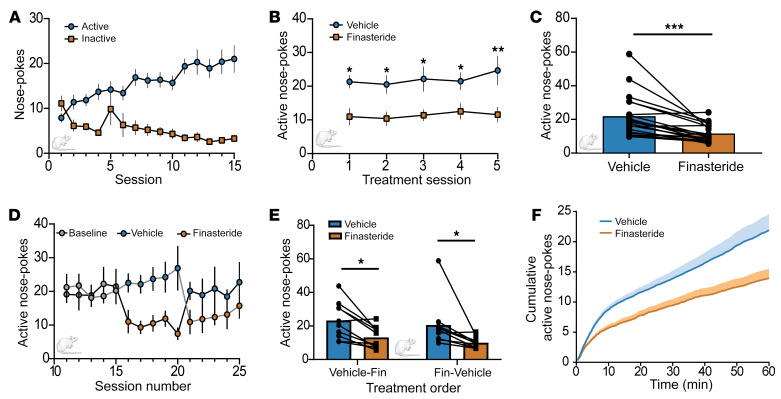Figure 4. Finasteride decreases operant response for oral fentanyl self-administration.
(A) Operant nose-poke responses at the active (blue circles) and inactive (orange squares) nose-poke ports during baseline fentanyl self-administration sessions (n = 20 rats). (B) Daily finasteride injections (i.p., 50 mg/kg) (orange squares) decreased active nose-pokes compared with vehicle injections (blue circles). A main effect of drug treatment was observed. Sidak’s post hoc analysis was performed for multiple comparisons on a mixed-effect model [F(1, 19) = 20.77, P = 0.0002]. (C) Average operant responses during vehicle (blue) and finasteride (orange) treatment for each individual animal. A paired t test revealed finasteride significantly decreased the animals’ active response for fentanyl delivery [t(19) = 4.481, P = 0.0003]. (D and E) Animals received daily injections of finasteride during sessions 16–20 (n = 10 rats, D: black line, E: finasteride-vehicle) or during sessions 21–25 (n = 10 rats, D: gray line, E: vehicle-finasteride). (D) The baseline refers to animals responding during sessions 10–15. (E) The order of treatment had no interaction with the effect of the treatment [F(1, 18) = 0.007, P = 0.93]. A main effect of treatment was observed [F(1, 18) = 19.03, P = 0.0004]. Sidak’s analysis was performed for multiple comparisons on 2-way ANOVA. (F) Average cumulative plot of active nose-poke responses during the vehicle-treated (blue) or finasteride-treated (orange) sessions (n = 20). *P < 0.05, **P < 0.01, ***P < 0.001. Data are shown as the mean ± SEM. Adult male and adult female Wistar rats were used to perform the fentanyl self-administration assay. These experiments were performed using a within-subjects design.

